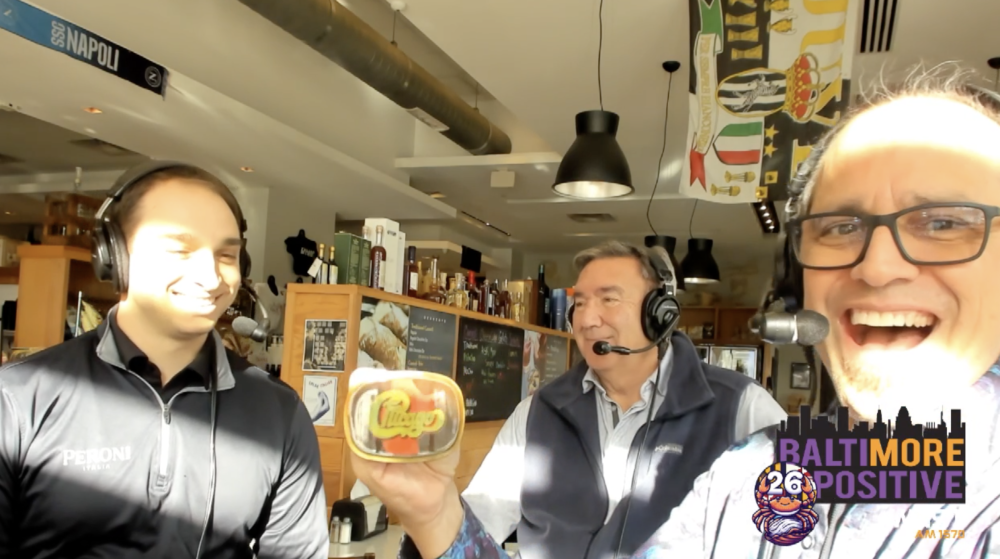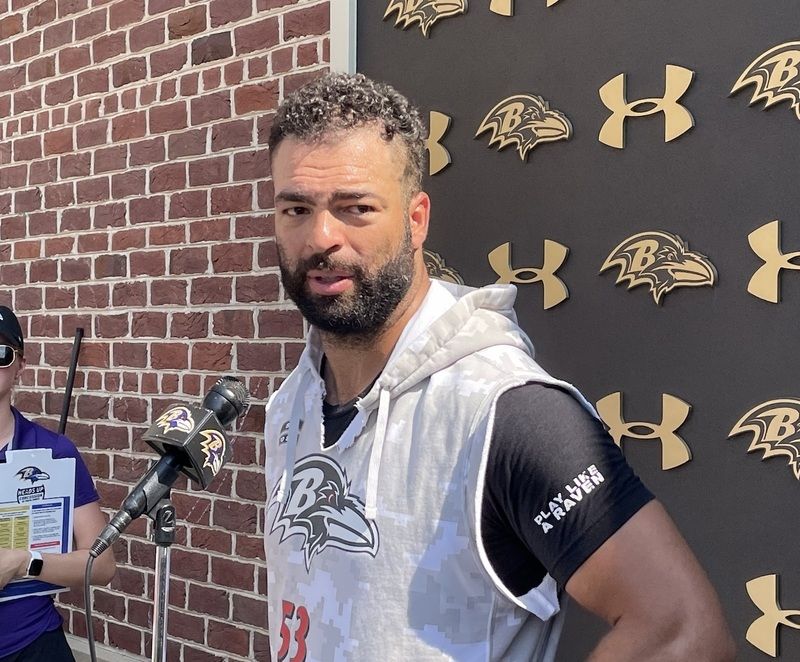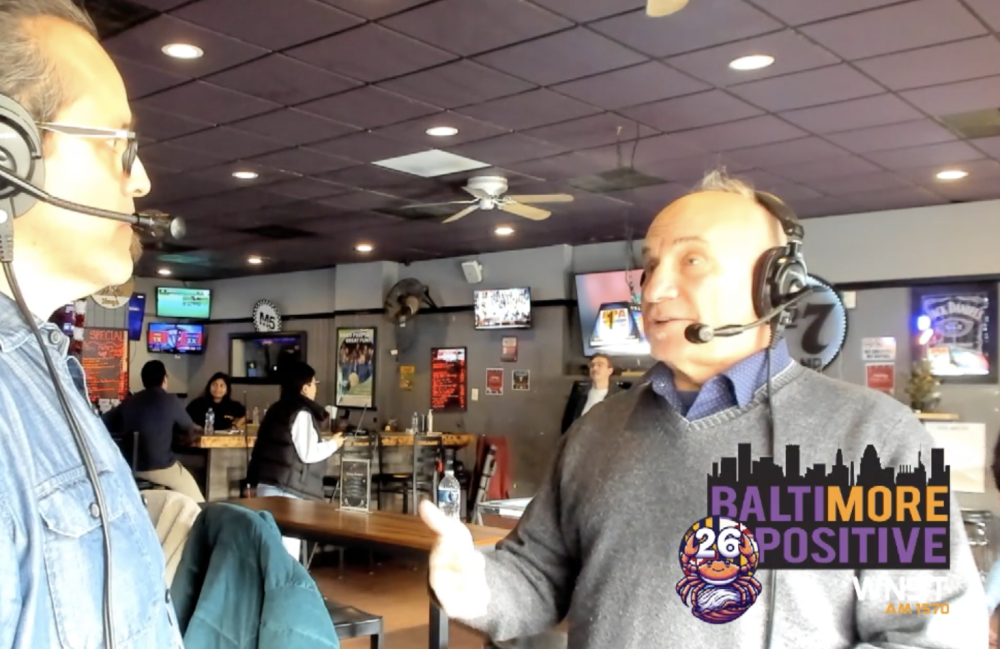You can never have too much starting pitching, and executive vice president of baseball operations Dan Duquette has repeated that sentiment despite the Orioles enjoying a four-game lead in the American League East at the All-Star break.
The Orioles rank fifth in the American League in pitching and 11th in starting pitching, but unlike the last couple seasons in which they were often desperately looking for just a warm body or two to add to the mix, the starting rotation appears to be moving in the right direction. Even with the season-long struggles of the injured Ubaldo Jimenez, the starting pitching has posted a 3.18 ERA over the last 33 games spanning 198 innings, lowering the starting pitching ERA from 4.61 to 4.09 since June 9.
No one will mistake this rotation for the 1971 Orioles, but Duquette should be picky in any quest to add starting pitching between now and the trade deadline at the end of the month. Wondering whether the club has the quality to compete with the front end of other playoff rotations in October is fair, but the upside of Kevin Gausman and even the second-half track record of Jimenez — who has been dominant for stretches of his career when his mechanics are in order — will be worth monitoring down the stretch with an eye toward the postseason.
Even if the Orioles still lack top-half quality, they have more stability in their rotation than they’ve enjoyed in a long time.
Manager Buck Showalter has used just seven starting pitchers all year with one of them — lefty reliever T.J. McFarland — receiving only one start. In 2013, 14 different pitchers made starts and 10 made at least four starts. The year before that, 12 different hurlers made starts with 10 making at least four starts.
Stability — with relatively decent health — has afforded Duquette the luxury of not needing to look for the likes of Scott Feldman, Joe Saunders, Jair Jurrjens, and Freddy Garcia on this year’s market. That’s what made the recent news of the Orioles scouting Colorado lefty Jorge De La Rosa that much more perplexing as he doesn’t represent an apparent upgrade over anyone — including Jimenez — in the current rotation with his 4.56 ERA in 2014 and 4.69 career mark.
The Orioles have also been linked to San Diego’s Ian Kennedy, who has posted a 3.47 ERA in 20 starts, but he’s a career 3.94 ERA pitcher who’s spent most of his career in the National League. The Padres will likely be asking for a lot for the right-hander, and Duquette shouldn’t part ways with the precious few top prospects he has unless he’s positive he’s gaining a substantial upgrade. Kennedy may provide that, but his talent level should only be the baseline at which the Orioles are looking at this point.
More so than even in 2013 or 2012, the Orioles have plenty of quality when it comes to filling out the back of the rotation. They have an abundance of No. 4 and No. 5 starters.
An injury or two could obviously change that tune quickly, but Duquette must aim high if the Orioles are to add starting pitching between now and the end of the July. Jeff Samardzija has already been dealt to Oakland and David Price may not be traded at all — and they probably don’t have the freight to acquire the AL East pitcher, anyway — but those are the types of arms to be examining.
Anything less is just a waste of time and resources.
Standing pat at catcher
Many have asked about the possibility of the Orioles adding another catcher to the mix as Caleb Joseph and Nick Hundley have handled the workload since Matt Wieters underwent season-ending Tommy John surgery, but Duquette has said on several occasions that they’re unlikely to make another move in that department.
Boston officially released A.J. Pierzynski on Wednesday, but the Orioles don’t view him as a significant upgrade offensively — the 37-year-old posted just a .633 on-base plus slugging percentage with the Red Sox — to compromise the rapport Joseph and Hundley have built with the pitching staff and the defensive work they’ve displayed over the better part of two months. And that’s not even mentioning Pierzynski’s outspoken personality that could potentially compromise a strong clubhouse.
Hundley has come on lately with the bat, raising his average to a respectable .250, while Joseph has posted a .690 OPS since the beginning of June and had a solid offensive track record in the minor leagues despite his current .187 average. Neither will fool you as quality offensive catchers, but trying to add an impact backstop while bringing him up to speed with the pitching staff will be extremely difficult.
If the Orioles are looking for an offensive boost, they could take another extended look at Steve Clevenger, but Showalter is going to value defensive work behind the plate and the current duo — particularly Joseph — has done an admirable job in that department.
Left-handed bat still needed
The emergence of Steve Pearce has been one of the great stories of the 2014 season, but the Orioles shouldn’t assume the 31-year-old will continue to perform at a rate that warrants everyday playing time with no questions asked.
His .316 average, 11 home runs, and 31 runs batted in are a major reason why Baltimore currently sits in first place, but it’s still a stretch to expect his current .300 average and .846 OPS against right-handed pitching to continue. For his career, Pearce is hitting just .237 with a .667 OPS against right-handers and that’s including his amazing numbers this season.
In other words, a left-handed hitting outfielder that feasts against right-handed pitching should be a priority to add for the stretch as the only left-handed bats to make real contributions this season are Nick Markakis and the struggling Chris Davis. The speedy Lough has been a major disappointment at the plate, and the Orioles must anticipate the possibility of needing to platoon Pearce if he reverts to his career form.
Even if Pearce continues to thrive as an everyday player, the Orioles would benefit from a left-handed version of Delmon Young to come off the bench in the late innings as Lough and utility player Ryan Flaherty just don’t provide formidable options at the plate. The Orioles had looked into the services of Padres outfielder Seth Smith, who feasts against right-handed pitching, before he signed a two-year extension with San Diego earlier this month.
A player of that ilk would make perfect sense for the roster.
Pondering futures of Cruz and Davis
It’s incredible to think how much can change in a year as Orioles fans were clamoring for the organization to sign Davis to a long-term contract as he entered the All-Star break with 37 home runs last year and would go on to hit a franchise record 53 in 2013. Meanwhile, Texas Rangers outfielder Nelson Cruz was a couple weeks away from beginning a 50-game suspension stemming from his involvement in the Biogenesis scandal.
A year later, Davis sits with a lowly .199 average at the break while Cruz has parlayed a one-year, $8 million contract with the Orioles into what looks like a pending lucrative payday as he’s second in the majors with 28 home runs and has often carried the Baltimore offense this year while Davis and others have struggled.
It’s interesting to see so many fans crushing Davis for his poor first half — that’s not to say criticism hasn’t been warranted — while screaming for the Orioles to sign the 34-year-old Cruz to a long-term contract when many of those same fans wanted to give Davis the keys to the city last offseason.
The Orioles will certainly make Cruz a qualifying offer after the season to at least recover a draft pick and should see if he’s willing to sign a short-term extension at a higher annual cost per year, but giving him more than two or three years at the most would be a mistake for an aging player coming off what looks to be his career year.
Davis’ future will be more interesting to figure out as he tries to rebound from a miserable first half and remains under team control through next season.


























